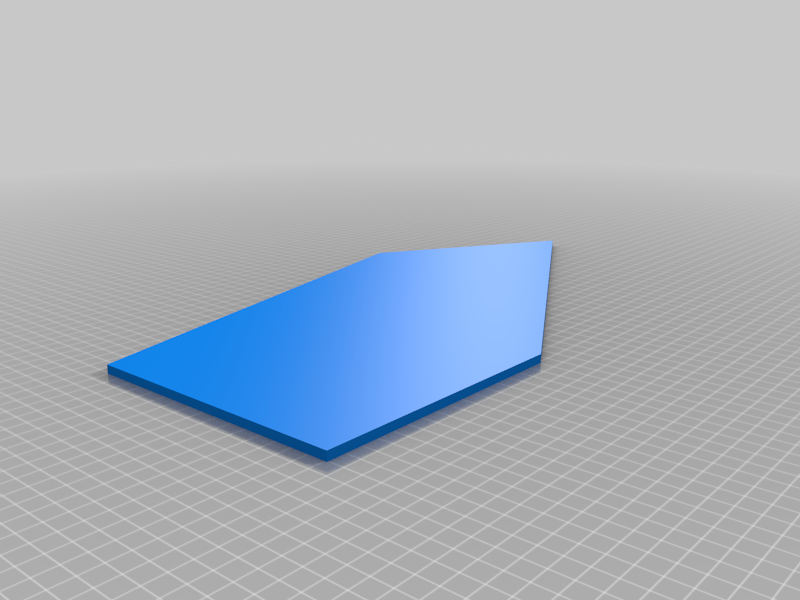
George Mason University MATH 401 (Mathematics through 3D Printing)
thingiverse
For the second week of MATH 401 our task was to make eight pentagons that can tile to together that looks aesthetically pleasing to the eye. My concept was to transform the one out the 15 codes provide and transform my unique code into an abstract pentagon created in class. In the picture you can see how the 8 uniform tiles look and I am happy with the progress. The mathematical content behind this project was how pentagon tiling has generated over time. In class we discussed some mathematicians and non-mathematicians contributions to pentagon tiling over the years. In our discussion we talked about how there are 15 discovered pentagon tilings and that was really interesting. My inspiration with my pentagon tiling was to make an abstract pentagon that was different and math them together to make abstract are. With the help of OpenScad, it was easy to make my direction come to life. I used translation and linear extrude to get height I wanted on the pentagon. I also tweaked the coding so that I could get the shape that I wanted to obtain.The only challenging part about this project was the printing itself. There were some malfunctions with the printer but in the end it all worked out. I actually used two printers to create my 8 pentagons, the MakerBot and another a smaller 3D Printer. For both printers combined it took about 3 hours to complete and I am happy with the results.
With this file you will be able to print George Mason University MATH 401 (Mathematics through 3D Printing) with your 3D printer. Click on the button and save the file on your computer to work, edit or customize your design. You can also find more 3D designs for printers on George Mason University MATH 401 (Mathematics through 3D Printing).
